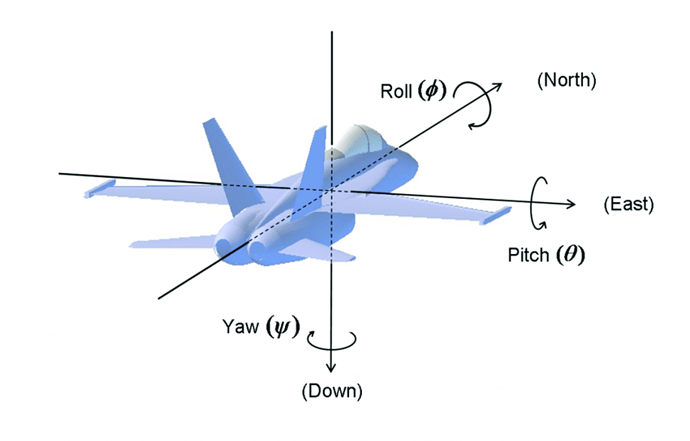Thanks so much for your help.
Your explainatioin is very clear but does not solve my problem, because after going over this and several previous lectures again, I found that I had this confusion because I had misunderstood the words “Pitch, Yaw, Roll” in the “Rotation Coupling” table that Rick has used. I think maybe Rick should have used “pitchValue, yawValue, rollValue” as vairables in his script instead of “pitch, yaw, roll” so I won’t mix them with “Pitch, Yaw, Roll” that I now realize he is referring to the rotation actions in the “Rotation Coupling” table. I am not that sensitive to the difference of lower capital vs upper capital as more experienced coders do.
And special thanks to your encouragement. I find going over the puzzled lectures more carefully again is very helpful. Yes, I’m a bit slower. But I’ll make it. I’ll work harder.



